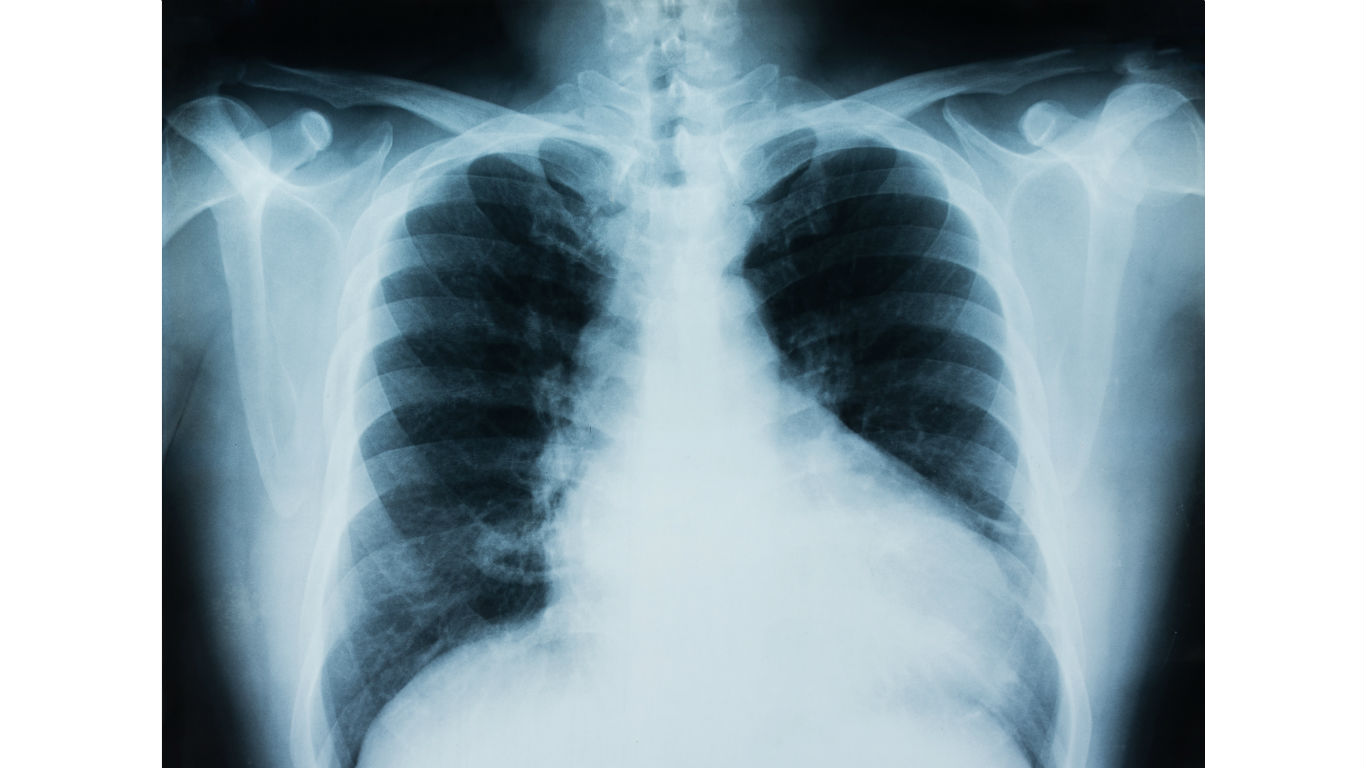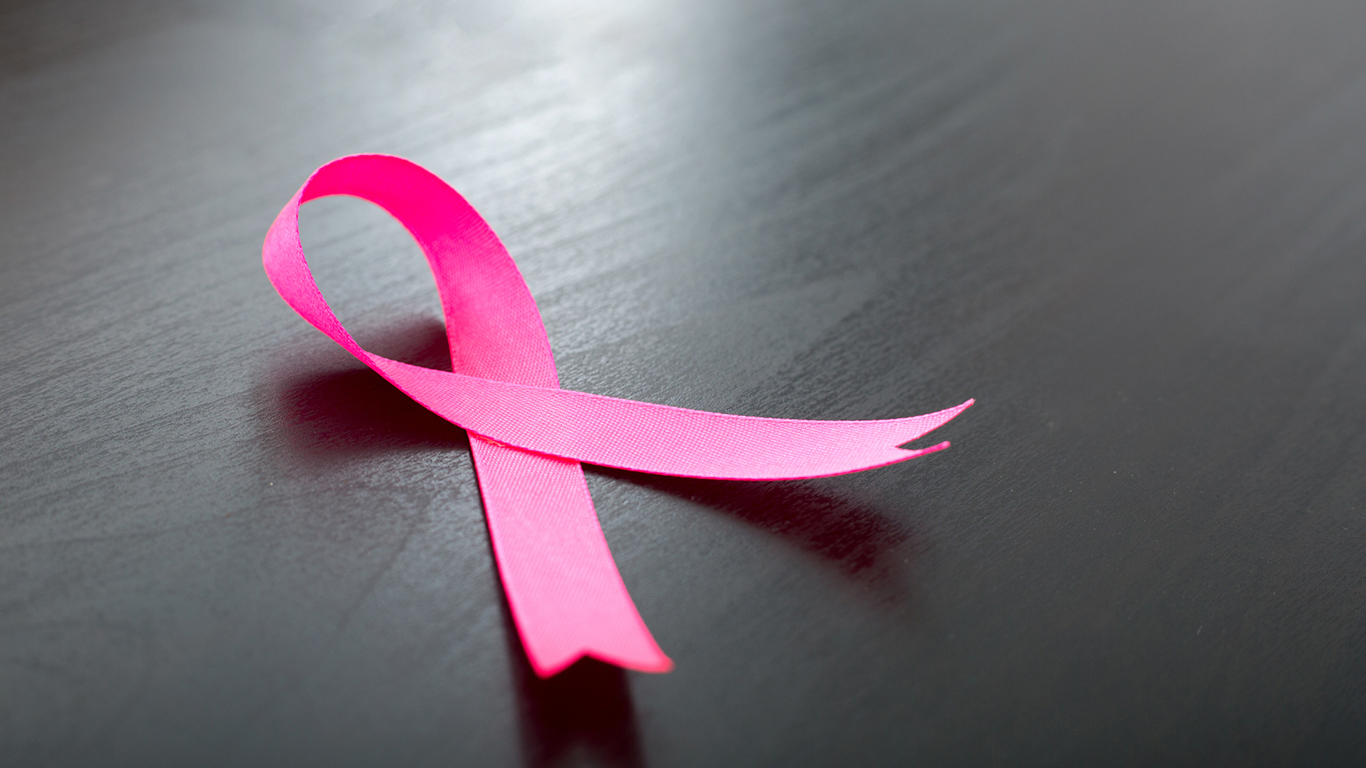
Men are often called the stronger sex, and physically, they usually are. They have more muscle mass than women, can run faster, and can lift heavier objects. Medically, however, they are sometimes the weaker sex.
Women all over the world have a longer life expectancy than men, according to the World Health Organization. In the United States, for instance, women are expected to live 81.1 years, compared to 76.1 years for men. Several conditions that men are more likely to develop may explain the gap.
Genetically, what differentiates men and women is a single chromosome — men have one X and one Y chromosome, while women have two X chromosomes. The rest of the genes in the body are practically the same. So why are men more prone to certain illnesses? It boils down to lifestyle choices and personal health care, according to Dr. Amit Mehta, a family medicine physician at Geisinger Health System, a regional health care provider in Pennsylvania and New Jersey.
“I wish and pray I see a lot more male patients,” Dr. Mehta said. “To them health is on the back burner and they don’t think they have a problem until they feel pain and absolutely have get checked out,” he added. “Most men I see have come to see me because their wives pushed them.”
Women in general take better care of themselves, Dr. Mehta continued. “They ask more questions and come well-prepared.” They make an appointment even if their symptoms are not significant. Men don’t get subtle signs evaluated, he added. They blame chest pain on heartburn, but it could be heart disease — especially since cardiac events are a lot more common in men than women. Heartburn is, in fact, among the 25 health symptoms people always ignore but never should.
Click here to see the health problems that afflict more men than women
To identify health conditions that men are more likely to develop than women, 24/7 Tempo reviewed data from government health agencies such as the Centers for Disease Control and Prevention and various research centers at the National Institutes of Health.

Hearing loss
Hearing loss is common in both men and women as they age. But men between the ages of 20 and 69 years are about twice as likely to develop auditory issues, according to the National Institute on Deafness and Other Communication Disorders. A 2010 study found that regular use of analgesics, including aspirin, acetaminophen (Tylenol), and non-steroidal anti-inflammatory drugs (NSAIDs), such as Motrin, Advil, and Aleve, may increase the risk of hearing loss in men, especially those under 60. Environmental factors, including occupation, may also play a role in the hearing loss gap. Factory, military, and construction jobs, which may expose workers to very loud noises over long periods, remain mostly male-dominated.
[in-text-ad]

HIV
In 2017, adult and adolescent men made up 81% of the 38,739 new HIV diagnoses in the United States, according to the Centers for Disease Control and Prevention (CDC). The majority of HIV infections in men are transmitted through sexual contact with other men, according to the CDC. Dr. Mehta notes that other factors in the high percentage of afflicted males are the fact that men are likely to lack an understanding of the disease and are less interested in their own health than women would be.

Hepatitis C
Hepatitis C, a viral infection causing chronic liver disease, affects more than 170 million people globally, and disproportionately many of them are men. In the United States, HCV antibody prevalence, an indication that subjects have or have had hepatitis C, is 2.1% in men, almost double that in women. At least one study has suggested that higher rates of risky behaviors such as needle sharing might be why why more men are affected by the disease.

Lung cancer
Lung cancer is among the most common types of cancer in both men and women in the United States, according to the CDC. More men are diagnosed with the disease every year, but more women live with it, according to the American Lung Association. About 57.8 men per 100,000 developed lung cancer in 2015, compared to 45.9 women per 100,000. Smoking is by far the leading cause of lung cancer, and men use all tobacco products somewhat more than women do, according to the National Institute on Drug Abuse. These are the most common types of cancer in men and women.
[in-text-ad-2]

Syphilis
Men account for the most cases of syphilis, a bacterial infection usually spread by sexual contact, with most cases occurring among gay men, according to the CDC. The next two biggest catgeroies of affected people are men are heterosexual men and men for whom data on sexual partners is not available. Syphilis is on the list of national notifiable conditions, which means that health care providers are required by law report cases of the disease to local or state public health authorities.

Tobacco-related mortality
Cigarette smoking has been identified as the cause of about a fifth of all deaths in the United States every year, according to the CDC. That translates to a total of 480,000 deaths annually, including deaths from secondhand smoke. Of those, 278,544 deaths are among men and 201,773 deaths among women. Smokers are expected to live at least a decade less than nonsmokers. Smoking also increases the risk of many types of cancer, diabetes, vision loss, stroke, arthritis, and Crohn’s disease. This is not surprising considering exactly what happens to your body once you start smoking.
[in-text-ad]

Excessive alcohol use
Excessive or binge drinking, which is defined by the CDC as four or more drinks on one occasion for women and five or more drinks on one occasion for men, is more common among the latter, according to the agency. About 4.5% of men met the diagnostic criteria for alcohol dependence in 2015, almost twice the number of women who did. One reason for the gap may be in how men and women describe alcohol, Dr. Mehta noted. “We find that men tend to differentiate alcohol into various categories and many don’t categorize beer as alcohol.” he said. “We need to ask specific questions to get an accurate amount of how many units of alcohol many men actually drink.”

Melanoma
Skin cancer is the most common type of cancer in the United States. Melanoma is not the most common variety of the cancer, but it’s the most dangerous one, accounting for most skin cancer deaths, according to the American Cancer Society. About 28 men per 100,000 people develop the disease compared to just over 17 women, the CDC says. One possible explanation is that men know less about their skin and therefore don’t protect it as well, according to a survey conducted by the American Academy of Dermatology in 2016.

Colorectal cancer
Men have a slightly higher risk of developing colorectal cancer than women — one in 22 for men, compared to one in 24 for women, according to the American Cancer Society. Obesity increases the risk in both men and women, but the connection appears to be stronger in men. Lifestyle choices also play a major role in development of the cancer — among them eating a lot of red meat, smoking, and drinking excessive — all of which are behaviors more common among men. Resistance to getting a colonoscopy may also play a role, Dr. Mehta noted. “I always struggle to convince men to get it.”
[in-text-ad-2]

Emphysema
Emphysema, an incurable disease characterized by the thinning and destruction of lung tissue, can only be managed with various treatments. It is more common in men than women, a different that may be explained by the pathophysiology of airflow obstruction. Women have anatomically smaller airway opening with thicker airway walls, which may explain why women develop the condition less often and why it’s not as severe as it is in men when they do.

Prediabetes
More than 30 million people in the United States have diabetes — about 9.4% of the entire U.S. population. Men and women are affected in about equal numbers — there are 15.3 million male diabetics and 14.9 female sufferers, according to the CDC’s 2017 National Diabetes Statistics Report — but the difference in prediabetes rates between men and women is more significant: Some 36.6% of men are in imminent danger of developing diabetes, compared to 29.3% of women. These are 10 warning signs men or women may have diabetes.
[in-text-ad]

Heart disease
Heart disease is sometimes thought of as a man’s disease, though potentially lethal heart conditions, such as coronary artery disease and heart attack, are the number-one killer of both woman and men. Still, overall, heart disease kills more men than women — 209 men per 100,000 people, compared to 130 women per 100,000 people, according to the Henry J Kaiser Family Foundation, citing data from the CDC. Why this is the case may come down simply to lifestyle choices, Dr. Mehta said. “Men smoke more and tend to eat more red meat, which plays a big role in cardiovascular disease,” he noted. These and several other dangerous things experts links to heart disease.
Thank you for reading! Have some feedback for us?
Contact the 24/7 Wall St. editorial team.
 24/7 Wall St.
24/7 Wall St.


